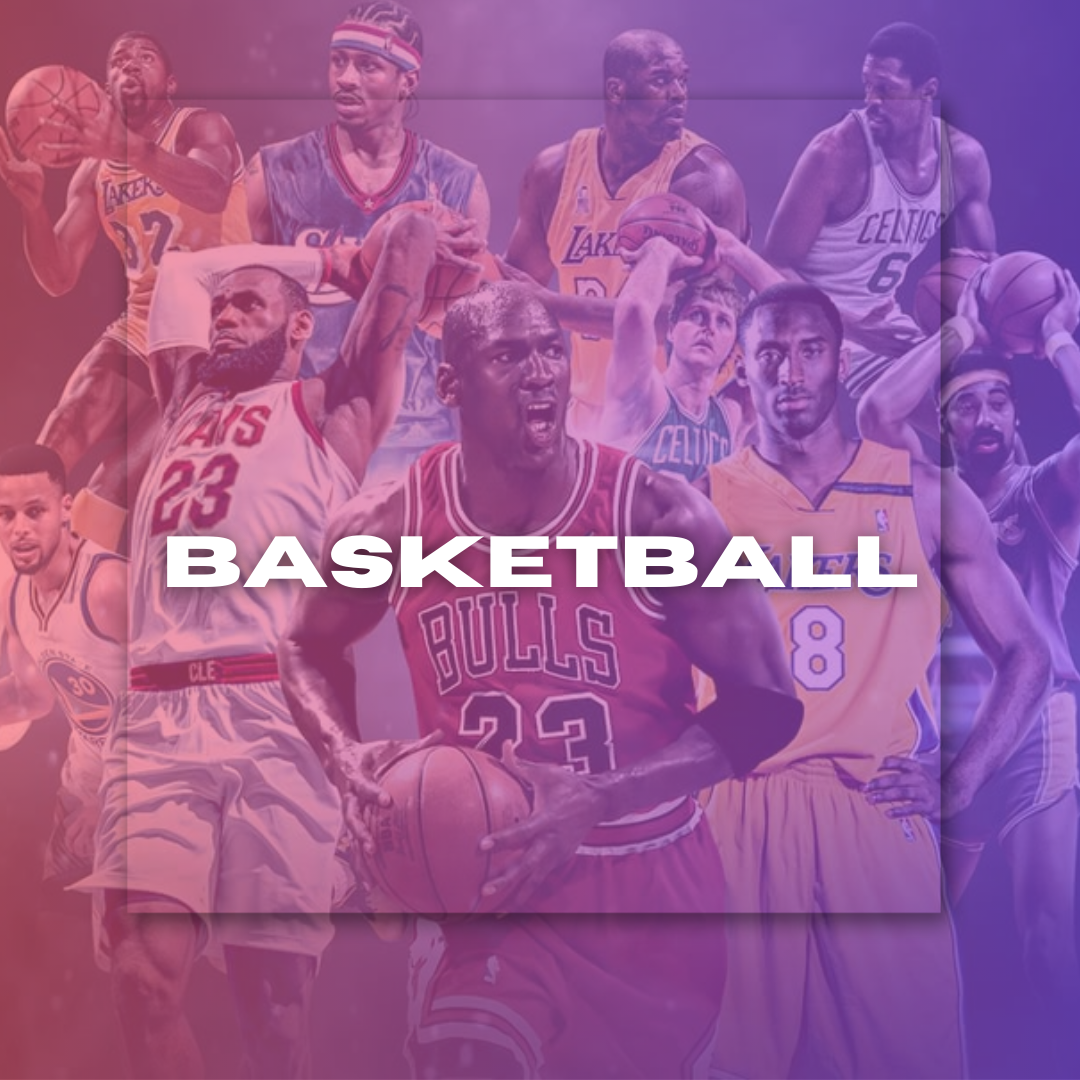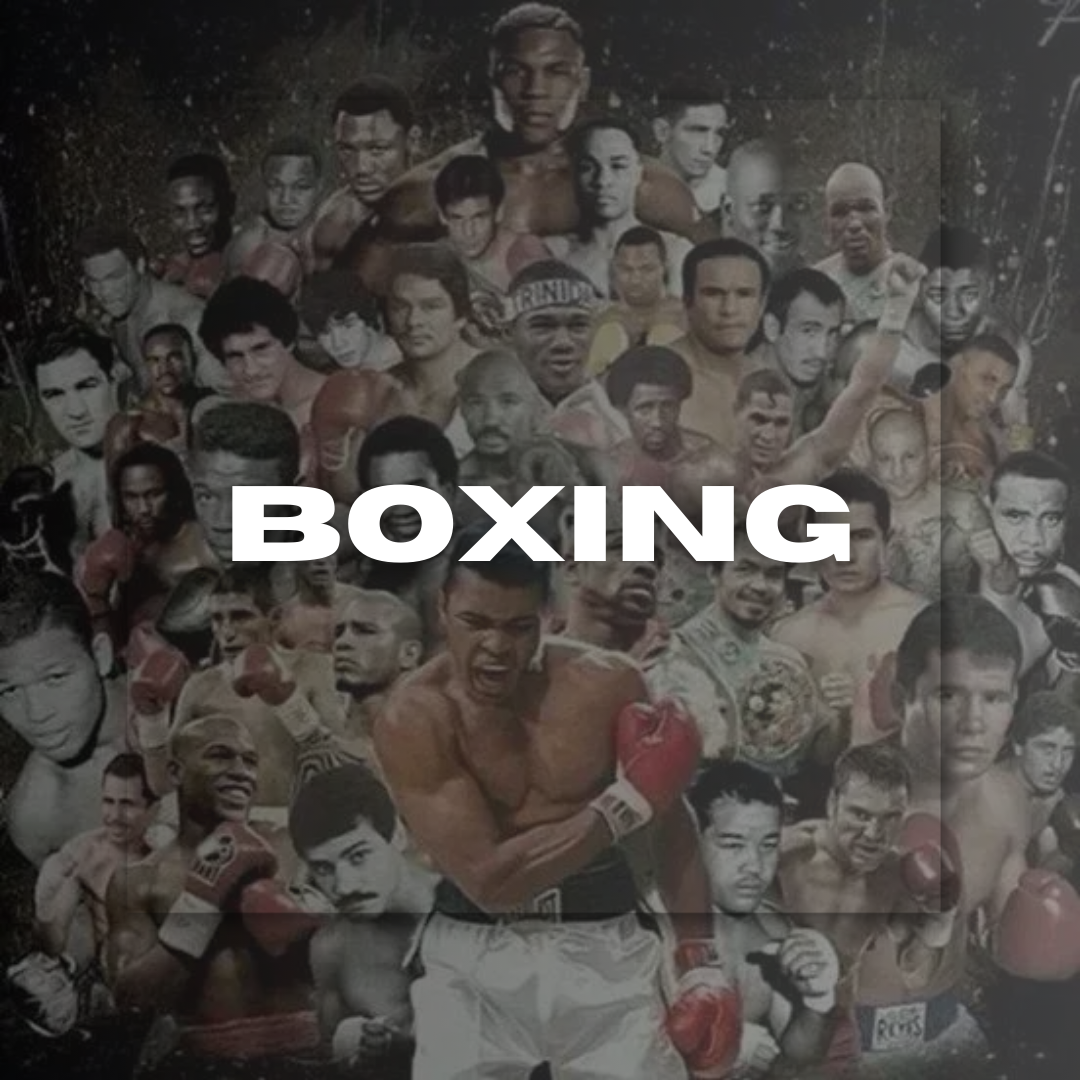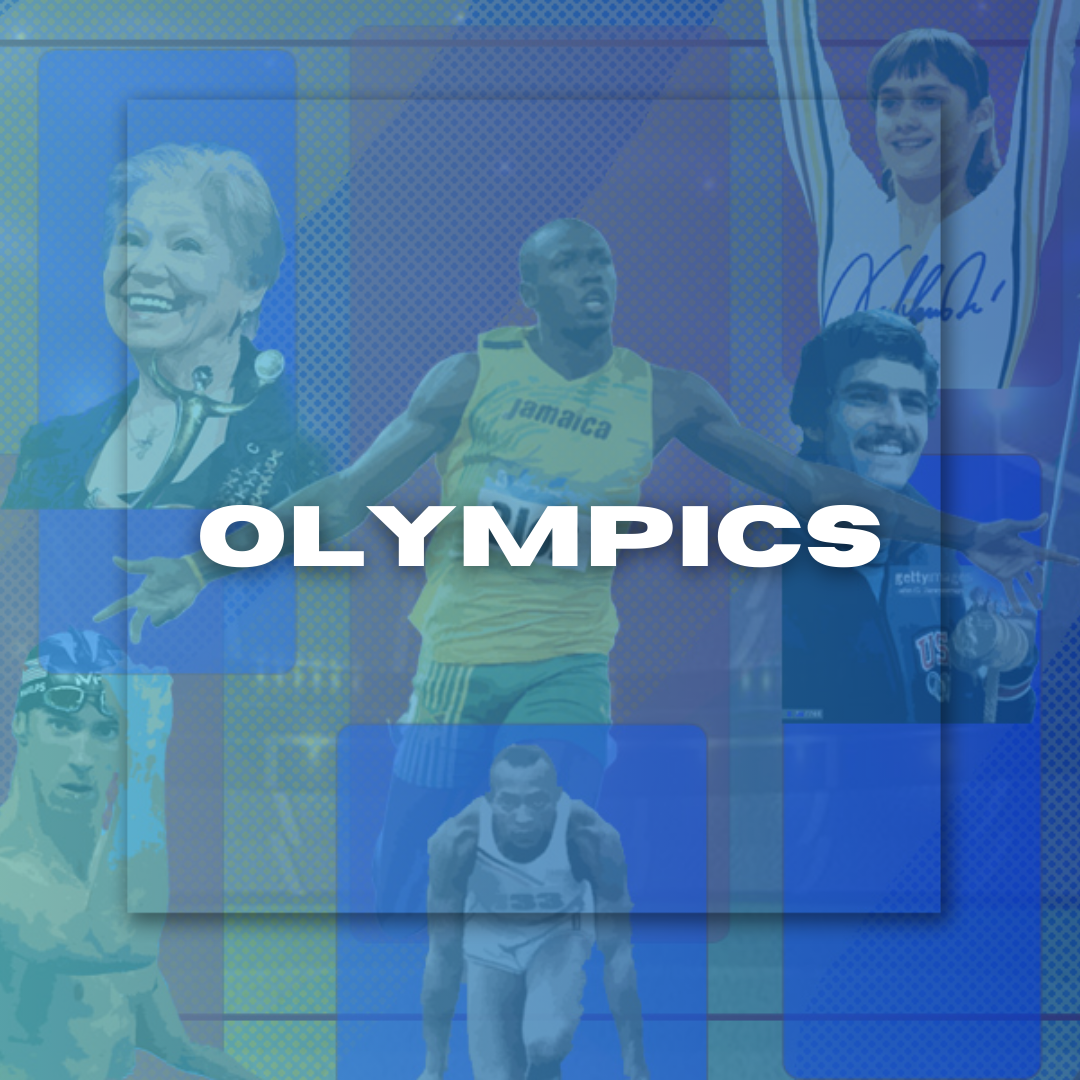
The Rise and Fall of the International Fight League: MMA’s Ambitious Experiment
By Ali Hammad May 21, 2025 12:01
The International Fight League (IFL) burst onto the American mixed martial arts (MMA) scene in 2006, promising a revolution. It was the world’s first MMA league to use a team-based format, where squads of fighters—rather than individuals—competed for glory. Yet, in just over two years, the IFL would burn through an estimated $150 million and collapse, leaving behind a cautionary tale for sports entrepreneurs.
A Bold Vision
The IFL was founded by real estate developer Kurt Otto and Wizard magazine founder Gareb Shamus, both inspired by the documentary The Smashing Machine and determined to “create a system not only to showcase mixed martial arts action but also provide a business plan that would allow fighters a greater share of profits”. Unlike the UFC, the IFL paid fighters a salary and offered health benefits. “There had to be... a better way to take care of fighters while still raking in the piles and piles of cash,” observed a retrospective on the league’s founding.
The league’s first event took place at the Trump Taj Mahal in April 2006, with legendary MMA figures like Pat Miletich and the Shamrock brothers leading teams. The team concept—each event was a showdown between two squads, each with at least three fighters—was designed for television and quickly landed the IFL on Fox Sports Net and MyNetworkTV.
Meteoric Rise
By the end of its first year, the IFL had established itself as a legitimate alternative to the UFC. Fighters like Ben Rothwell and Roy Nelson became stars; Nelson, in particular, “earned a cult following thanks to his knockout power and deceptive movement for his girth,” winning 10 of his 11 IFL bouts. The league expanded to 13 events in 2007, with a market capitalization that soared to $150 million after going public.
The IFL’s financial muscle and television exposure led some to speculate it could “become a major circuit for MMA in North America, directly competing with the Ultimate Fighting Championship”. But this success drew the ire of the UFC, leading to lawsuits and a public feud. UFC president Dana White reportedly vowed to “crush the IFL and that anyone associated with the promotion would never work for the UFC”.
Cracks in the Foundation
Despite a promising start, the IFL’s unique format created challenges. Critics pointed to mismatches and an inconsistent team structure—one squad, the Tokyo Sabres, featured no Japanese fighters. The league’s rapid expansion outpaced its ability to build a sustainable fan base. “There was just the promise... that the IFL with their TV deal and new take on the sport were going to be a competitor to the UFC. But the reality... was far, far from the truth,” one commentator reflected.
By 2008, the IFL was hemorrhaging money, amassing $36 million in debt. Planned events were canceled, and the league filed for bankruptcy that September. “The changes, however, proved too little, too late,” recounted a retrospective, noting that the IFL’s demise coincided with the collapse of other upstart promotions.
Legacy
Many IFL alumni, including Roy Nelson and Ben Rothwell, went on to successful UFC careers. The league’s experiment with fighter welfare and team competition left a mark on the sport. As one observer put it, the IFL “completely shifted the paradigm, reinventing what the sport could be and what it might be again one day in the future”.
The IFL’s story is a testament to both the promise and peril of innovation in combat sports—a league that soared on vision and investment, only to fall victim to the unforgiving realities of the fight business.


































































